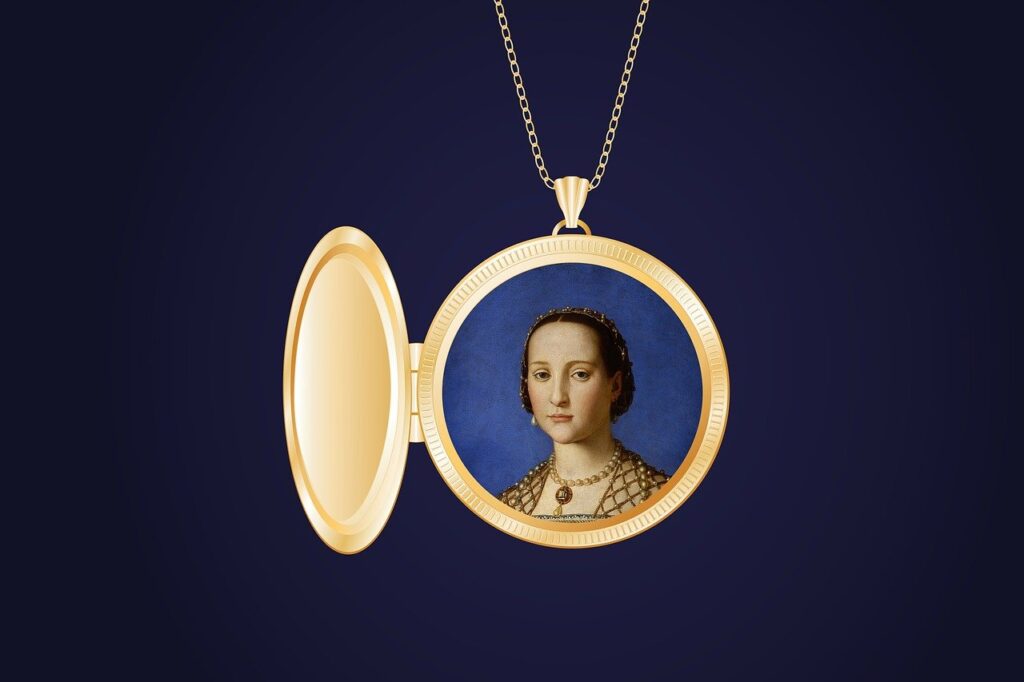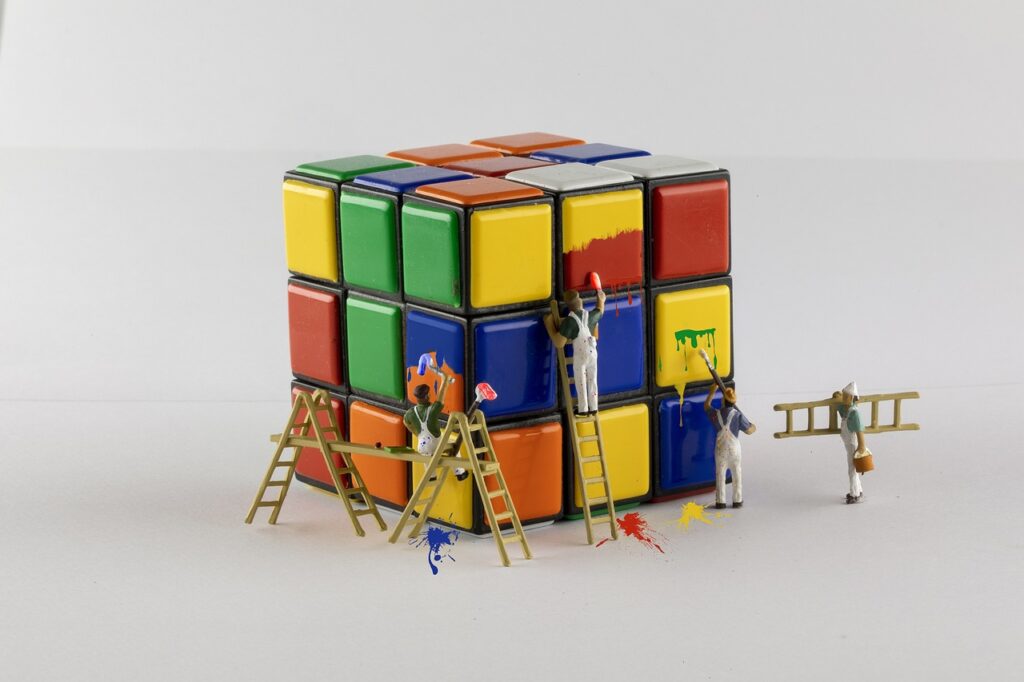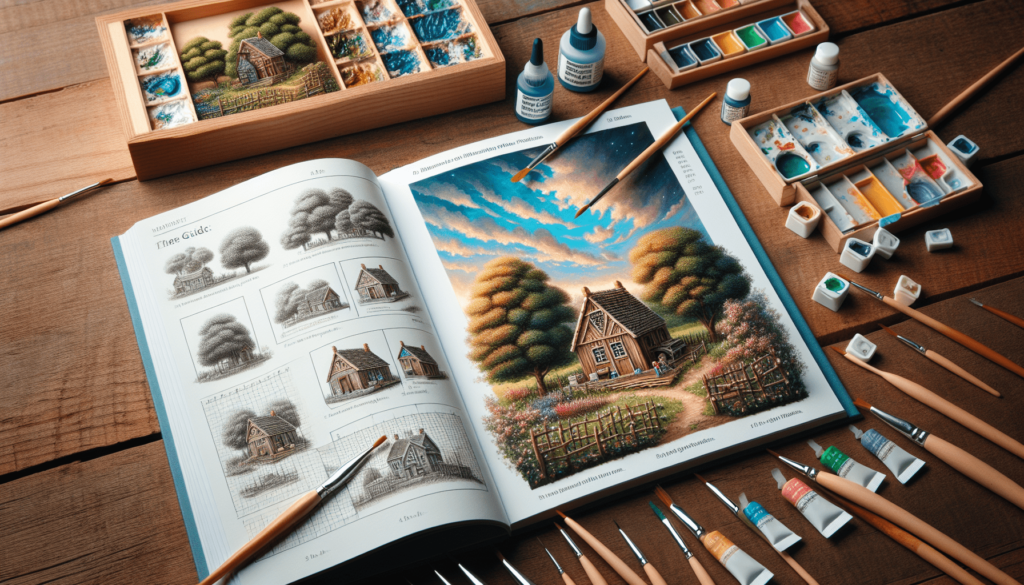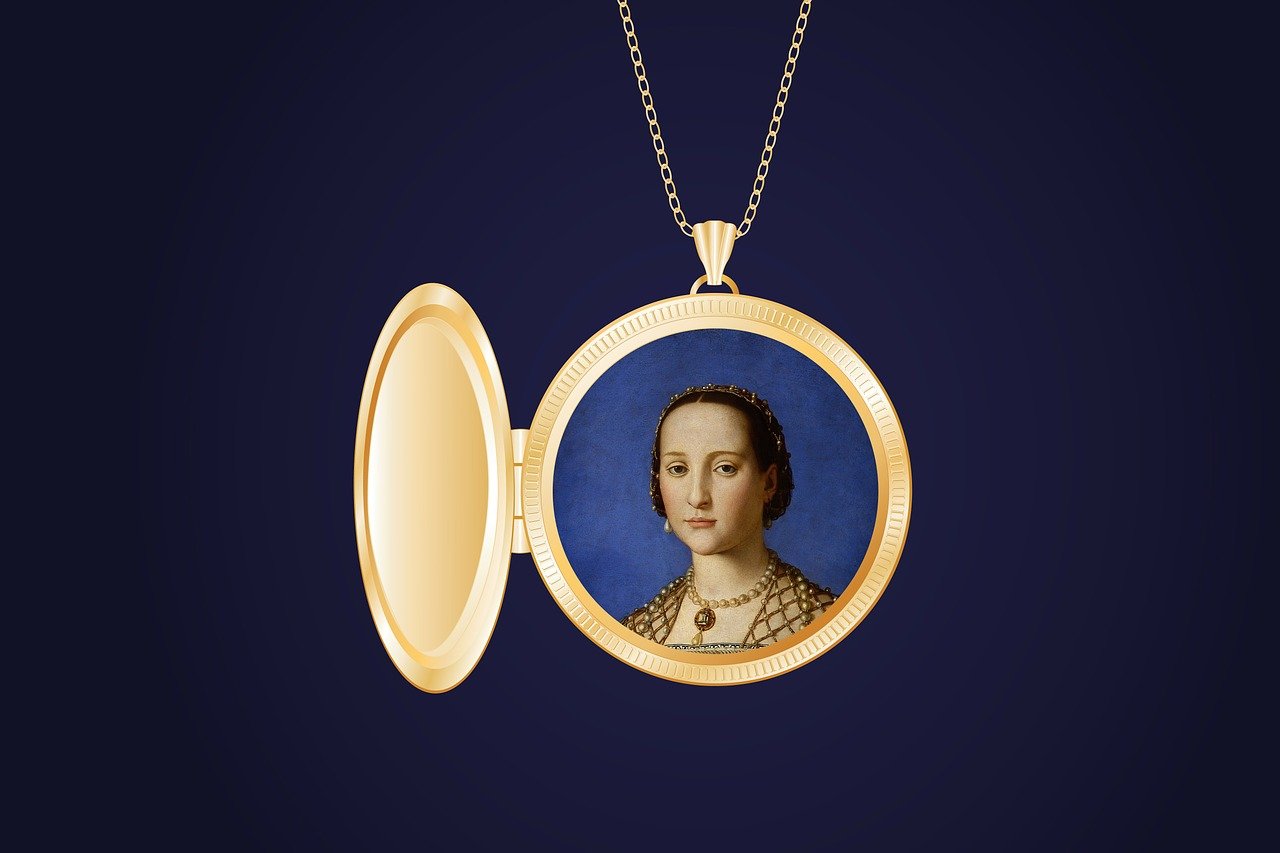Get ready to dive into the captivating world of miniature painting! In this article, you will embark on a journey to uncover the fundamentals of this art form. From understanding the tools and techniques to exploring the vast array of miniature subjects, you will gain invaluable insight into the realm of miniature painting. Whether you are a seasoned artist looking to expand your skills or a curious beginner ready to discover a new hobby, this introduction will set the stage for an exciting exploration into the world of miniature painting. So grab your brushes and let’s get started!
What is Miniature Painting?
Definition
Miniature painting is an intricate form of art that involves painting small-scale figures and models with meticulous attention to detail. These miniatures can vary in size and are often used in tabletop gaming, model making, and dioramas. It requires patience, precision, and a steady hand to bring these tiny creations to life.
History of Miniature Painting
Miniature painting has a rich and diverse history that spans centuries. It can be traced back to ancient Egypt, where small-scale portraits were found in tomb paintings. In the medieval period, illuminated manuscripts utilized miniature painting techniques to depict intricate illustrations. During the Renaissance, artists like Jean Louis-Ernest Meissonier and Nicholas Hilliard popularized the art form by creating exquisite miniature portraits for nobility. Today, miniature painting continues to thrive as a beloved hobby and art form for enthusiasts around the world.
Materials and Tools
Paints
When it comes to miniature painting, the quality of the paint can greatly impact the final result. Acrylic paints are commonly used due to their versatility, quick drying time, and ability to adhere well to the miniature surface. There are various brands available, each offering a wide range of colors to choose from. It’s advisable to invest in high-quality paints, as they offer better pigmentation and are easier to work with.
Brushes
Choosing the right brushes is essential for achieving precise and detailed work. Miniature painting typically requires small brushes with fine tips, allowing for intricate brushwork. Synthetic brushes with a good shape and a sharp point are often preferred for their durability and precision. It’s helpful to have a selection of different brush sizes to accommodate varying details and techniques.
Palette
A palette is used to hold and mix the paints during the painting process. Many miniature painters prefer to use a wet palette, which consists of a damp sponge covered with parchment paper. This keeps the paints moist for longer periods, preventing them from drying out quickly. Alternatively, a traditional palette with wells can also be used.
Primer
Priming is a crucial step in miniature painting, as it prepares the surface for paint adhesion and helps to improve color accuracy. Primers come in various colors, with black or white being the most commonly used. Black primer is often preferred for miniatures with darker color schemes, while white primer works well for brighter colors. It’s important to apply a thin and even layer of primer to avoid obscuring details.
Miniature Figures
The miniature figures themselves are the centerpiece of the painting. These can be plastic, metal, or resin and come in a variety of themes such as fantasy, historical, or sci-fi. The choice of miniature depends on personal preference and the desired project. It’s important to carefully clean and prepare the miniature before painting to ensure optimal results.
Accessories
Various accessories can enhance the miniature painting process. These include magnifying glasses or visors to help with detail work, hobby knives or files for removing mold lines or excess material, and clamping tools to hold the miniature securely during painting. Additionally, proper lighting is essential for accurate color representation and detail visibility.

Preparing the Miniature
Cleaning
Before painting a miniature, it’s essential to clean it to remove any mold release agents, oils, or debris that may affect paint adhesion. This can be done by gently scrubbing the miniature with warm, soapy water using a soft-bristled toothbrush. Care should be taken not to damage delicate details during the cleaning process.
Assembly
Some miniature figures come unassembled, requiring assembly before painting. This involves carefully attaching different parts of the miniature using glue or other appropriate adhesives. It’s important to follow the instructions provided with the miniature kit to ensure proper assembly and alignment of the parts.
Priming
Priming the miniature aids in paint adhesion and provides a smooth surface for painting. It can be done using spray primers or brush-on primers. The miniature should be positioned on a suitable surface, such as a cardboard box or a painting handle, to ensure even coverage. It’s crucial to apply thin and even coats of primer, allowing sufficient drying time between layers.
Understanding Color Theory
Primary Colors
Primary colors are the foundation of all other colors in the color wheel. They cannot be created by mixing other colors together. The primary colors are red, blue, and yellow. These colors are used as a base for creating a wide range of hues.
Secondary Colors
Secondary colors are created by mixing two primary colors together. The secondary colors are orange (red + yellow), green (blue + yellow), and purple (blue + red). These colors can be used to add depth and variation to a miniature painting.
Tertiary Colors
Tertiary colors are formed by mixing a primary color with a neighboring secondary color. These colors offer even more variation and can create a more nuanced color palette. For example, mixing red (primary) with orange (secondary) creates a reddish-orange tertiary color.
Color Schemes
Color schemes are pre-defined combinations of colors that work harmoniously together. They can help set the mood or theme of a painting. Some common color schemes used in miniature painting include monochromatic (using different shades of a single color), complementary (using colors opposite each other on the color wheel), and analogous (using colors next to each other on the color wheel).
Basic Painting Techniques
Basecoating
Basecoating involves applying the initial layer of paint to the miniature. It provides a foundation for subsequent layers and helps establish the color scheme. Basecoats are typically applied with a slightly diluted paint mixture to achieve smooth, even coverage. It’s important to use thin layers and build up the color gradually to preserve the miniature’s details.
Layering
Layering is a technique used to add depth and dimension to a miniature. It involves applying thin layers of paint, gradually building up the opacity and intensity of the colors. This technique is often used to create highlights and shadows, enhancing the overall realism of the miniature.
Drybrushing
Drybrushing is a technique that adds texture and highlights to raised areas of the miniature. It involves using a dry brush with a small amount of paint and lightly brushing it over the surface. This technique selectively deposits paint on the raised areas, creating a worn or weathered effect.
Washing
Washing is a technique used to add depth to recessed areas of a miniature. It involves applying a highly diluted paint mixture, often a darker shade, to the recessed areas. The paint flows into the recesses, creating shadows and enhancing the overall definition of the miniature.
Glazing
Glazing is a technique used to subtly adjust or blend colors together. It involves applying a translucent layer of paint over a dried basecoat or layer. This technique can be used to add subtle color shifts, smooth transitions between colors, or to create a glossy or satin finish.
Shading and Highlighting
Importance of Shading and Highlighting
Shading and highlighting play a vital role in bringing depth and realism to a miniature painting. Shadows create the illusion of three-dimensionality, while highlights emphasize the raised areas and reflections of light. By carefully applying shading and highlighting techniques, a painter can enhance the overall visual appeal of the miniature.
Different Techniques
There are various techniques for shading and highlighting, including layering, gradient blending, and stippling. Layering involves applying multiple layers of progressively lighter or darker shades to create gradual transitions. Gradient blending aims to create smooth transitions between colors, often using a wet blending technique. Stippling involves using small, controlled dots of paint to create texture and highlights.
Creating Depth
To create depth in a miniature painting, it’s important to consider light sources and how they interact with the form of the miniature. Shadows should be darker in areas where light is obstructed or falls less directly, while highlights should be brightest where the light hits the miniature directly. By strategically placing shadows and highlights, a painter can achieve a more lifelike appearance and make the miniature visually engaging.

Details and Texture
Painting Faces
The faces of miniatures are often the focal point and require special attention to detail. Facial features should be carefully painted to bring out expression and character. A steady hand and fine brushes are essential for capturing small details such as eyes, lips, and eyebrows. Layering and shading techniques can help add depth and realism to the facial features.
Texturing Techniques
Texturing techniques can be used to create interesting effects on different surfaces of the miniature. Drybrushing can be employed to highlight textures like fur, fabric, or rough surfaces. Washes can be used to create the illusion of weathering or aged textures. It’s important to study the reference material or real-life textures for inspiration and guidance.
Adding Fine Details
Fine details can greatly enhance the overall appearance of a miniature. These details may include painting intricate patterns on clothing, adding tiny buttons, or accentuating small accessories. Using a smaller brush and having a steady hand is crucial for adding these delicate details. Patience and precision are key when working on these intricate elements.
Blending and Gradient
Blending Colors
Blending colors is a technique used to achieve smooth transitions between two or more colors. This technique can be used to create gradients from dark to light or to blend different hues together. Wet blending involves applying wet paint to the miniature and gently blending the colors together while they are still wet. This technique requires practice and careful control of the paint consistency.
Achieving Smooth Gradients
Smooth gradients can be achieved through layering and glazing techniques. Layering involves building up multiple layers of gradually lighter or darker shades, while glazing involves applying translucent layers over dried paint to create subtle transitions. By carefully blending and layering colors, a painter can achieve seamless and realistic gradients.

Basing and Finishing
Creating Dioramas
Creating a diorama involves customizing the base of the miniature to enhance its overall presentation. This can include adding terrain, foliage, or other scenic elements. Dioramas allow the miniature to be displayed in a more dynamic and immersive setting, elevating the overall visual impact.
Weathering
Weathering techniques can be employed to add a realistic and aged look to the miniature. This can include simulating dirt, rust, or chipped paint on metal surfaces, as well as adding wear and tear to fabrics or wood. Drybrushing, washes, and stippling can be used to achieve weathering effects.
Sealing and Varnishing
Sealing and varnishing the finished miniature is an important step to protect the paintwork and give it a professional finish. Varnishes come in different finishes, such as matte, satin, and gloss. Matte varnish is commonly used for miniatures, as it provides a non-reflective finish that does not distract from the details. It’s important to apply varnish in a well-ventilated area and follow the manufacturer’s instructions.
Tips for Beginners
Practice Patience
Miniature painting is a skill that requires patience and practice. It’s important to take your time and not rush the painting process. Learning to control your brush strokes and develop your technique takes time, but with practice, you will improve and achieve better results.
Start with Simple Miniatures
For beginners, it’s advisable to start with simpler and less intricate miniatures. This allows you to focus on basic techniques and build your skills gradually. As you gain confidence and experience, you can tackle more complex miniatures and explore advanced techniques.
Seek Inspiration and Feedback
The miniature painting community is a welcoming and supportive community. Don’t hesitate to seek inspiration and guidance from fellow artists. Online forums, social media groups, and local hobby stores are great places to connect with other enthusiasts. Sharing your work and seeking feedback can help you grow as an artist and learn new techniques. Don’t be afraid to experiment and find your own style!
In conclusion, miniature painting is a rewarding and creative hobby that allows you to bring tiny worlds to life. By understanding the materials, techniques, and principles of color theory, you can create stunning and visually captivating miniature works of art. With practice, patience, and a little bit of creativity, you’ll soon find yourself immersed in the wonderful world of miniature painting. So pick up your brushes, choose your colors, and let your imagination soar!


Leave a Reply